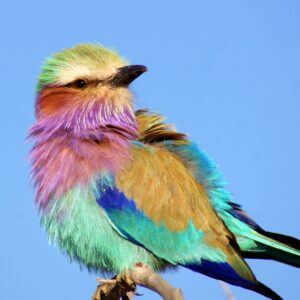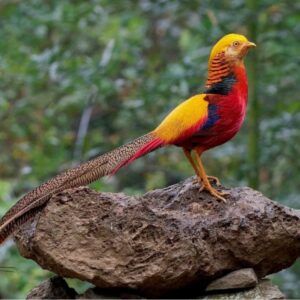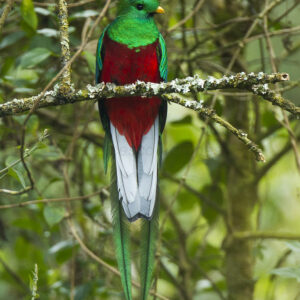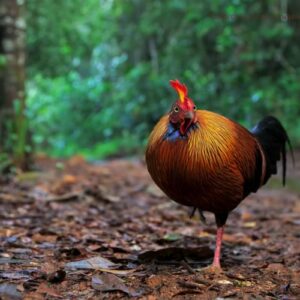
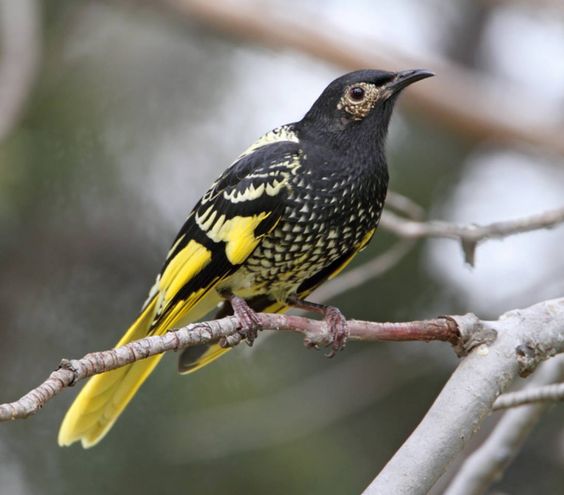
The Regent Honeyeater, known as the “forest jewel” for its captivating plumage and unique behaviors, has captivated the attention of bird enthusiasts and conservationists alike across Australia. With its vibrant black, yellow, and white feathers, coupled with a large, curved beak and nimble physique, this splendid bird stands out as a remarkable gem in the avian world.

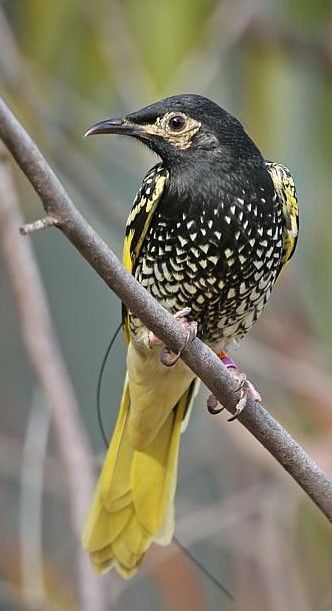


With the population dwindling to critically low levels, with fewer than 400 individuals remaining in the wild, urgent conservation action is imperative. The loss of suitable habitat, making it increasingly challenging for the birds to find food and breeding areas, is a significant contributing factor to their decline.

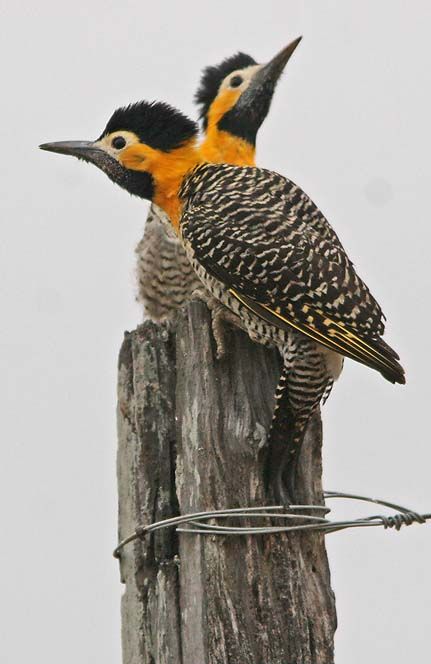
In response to this crisis, government agencies and conservation organizations have implemented decisive measures to safeguard the future of the Regent Honeyeater. Initiatives such as habitat restoration, captive breeding programs, and public awareness campaigns aim to restore habitat, enhance genetic diversity, and educate the public about the importance of conservation.

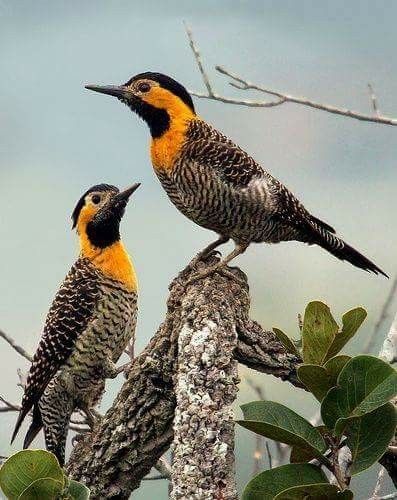
Central to the conservation efforts is the restoration of habitat, enabling the birds to migrate freely and select suitable nesting sites. Extensive rehabilitation efforts and the planting of nectar-rich blossoms, including Eucalyptus trees, are crucial for the species’ survival.
Captive breeding programs have shown promise in increasing the population of the Regent Honeyeater. By breeding individuals in captivity and releasing them into the wild, conservationists aim to bolster population numbers and ensure the establishment of self-sustaining populations.
The preservation of the Regent Honeyeater symbolizes not only the conservation of a unique bird species but also the protection of Australia’s rich biodiversity. Through collaborative efforts and dedicated conservation actions, we can secure a brighter future for this magnificent forest jewel.

